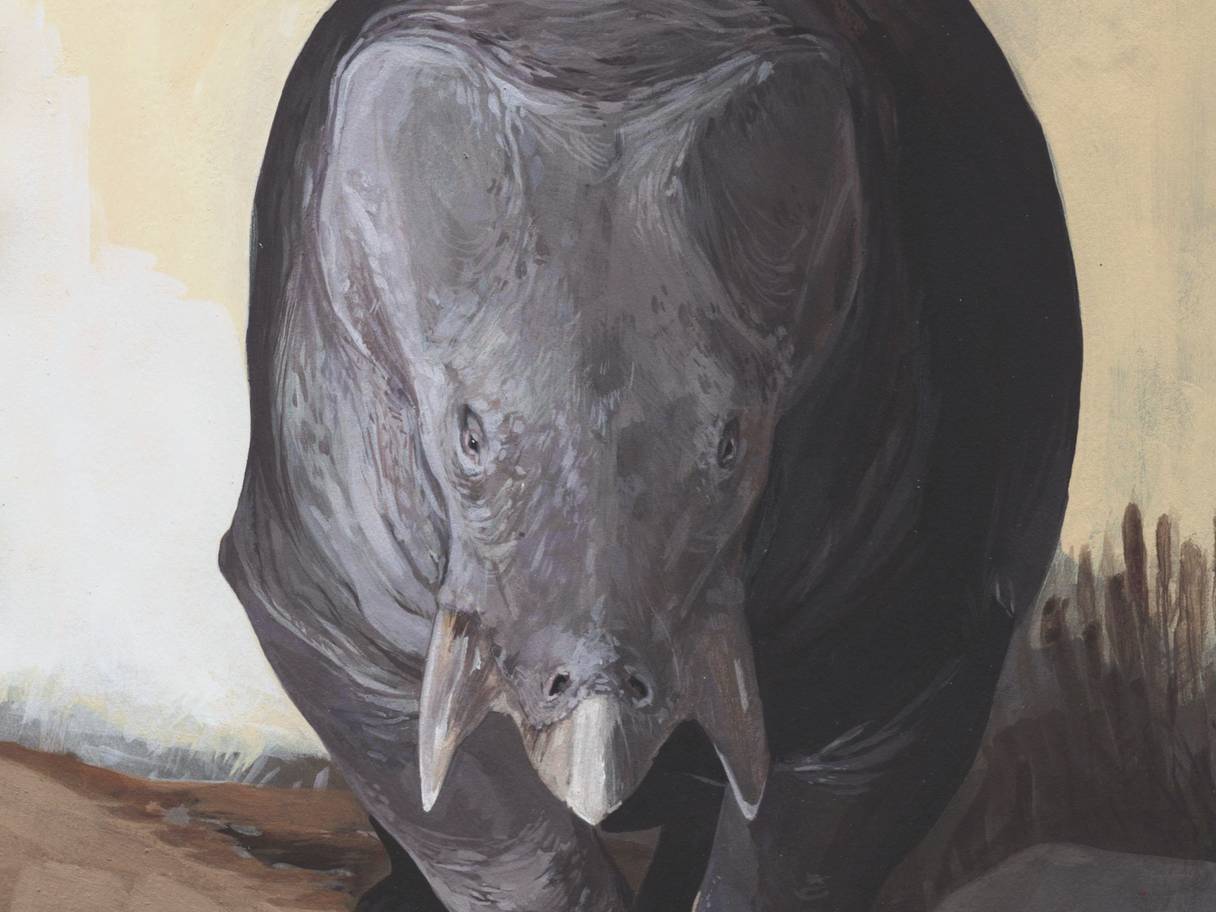
The discovery of an enormous pre-historic animal, which lived during the Triassic period 200 million years ago, indicates early dinosaurs were not the only group growing to large sizes at the time.
If you crossed a rhino with a giant turtle and then supersized the result: You might get something like Lisowicia bojani.
This a newly discovered Triassic mammal cousin that had a body shaped like a rhinoceros, a beak like a turtle, and weighed as much as an African elephant, about 9 tons.
The fossilised remains was discovered in Poland and offers a new view of the dawn of the age of the dinosaurs.
Researchers had thought that during the Late Triassic, from about 240 million until 201 million years ago, early mammals and their relatives were small and acting in the shadows of the enormous dinosaurs. But this discovery throws a wrench into that simple tale, suggesting the same evolutionary forces that favored giant dinosaurs were at work on other creatures as well.
Scientists have identified the remains as a type of dicynodont from the therapsid group and have named the species Lisowicia bojani, after the Polish village of Lisowice close to where the fossils were found, and a German anatomist named Ludwig Heinrich Bojanus.
“We used to think that after the end-Permian extinction, mammals and their relatives retreated to the shadows while dinosaurs rose up and grew to huge sizes,”
– Grzegorz Niedzwiedzki, a paleontologist at Uppsala University in Sweden who co-authored the paper.
Analysis of the bones allowed scientists to build up a picture of Lisowicia—revealing its immense size and how it would have walked in an upright manner, similar to large mammals like rhinos and hippos. It lived between 210 and 205 million years ago—roughly ten million years later than previous dicynodont findings.
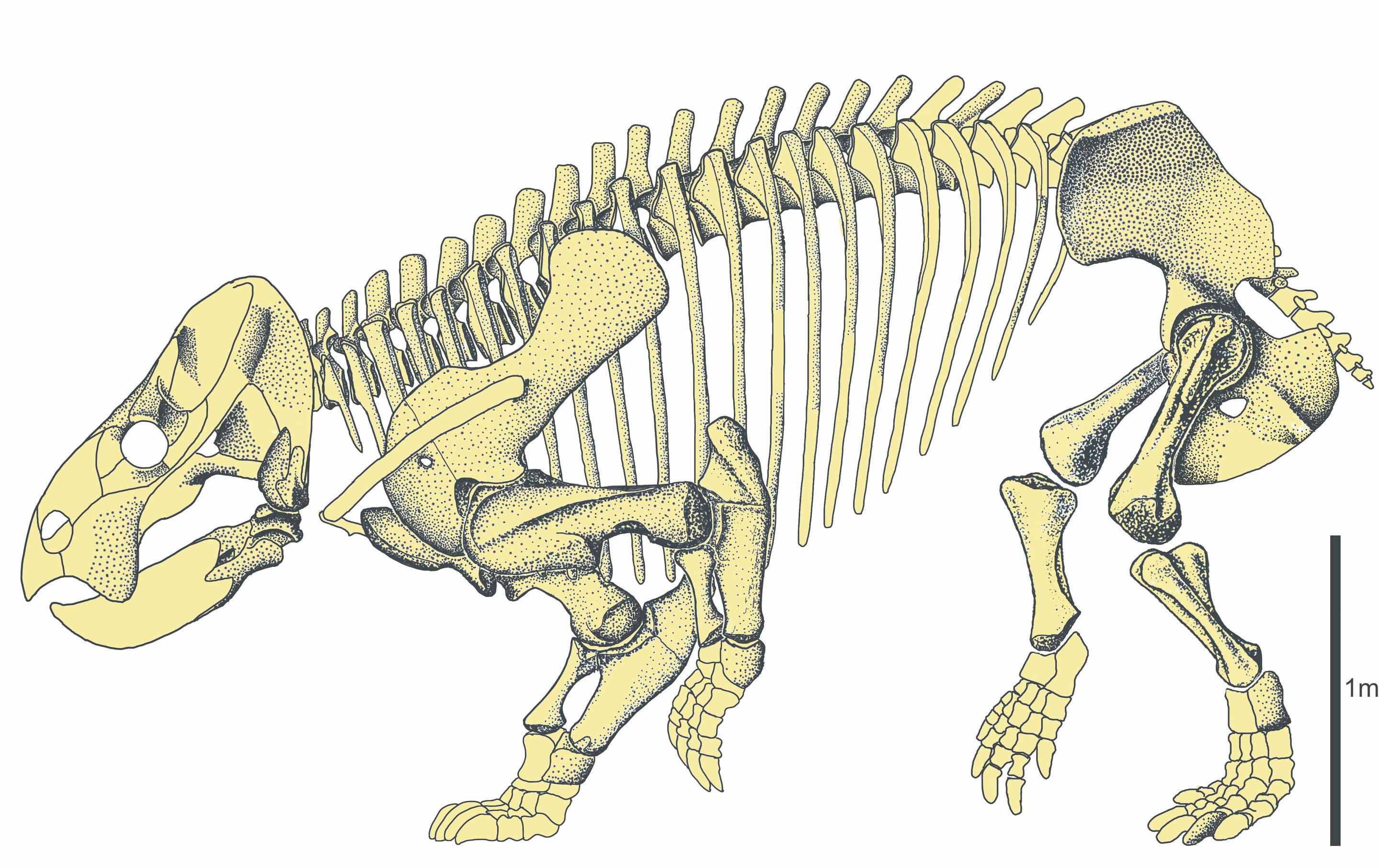
Lisowicia is a dicynodonts—a group of animals belonging to the therapsid order. Therapsids were mammal-like reptiles that lived alongside the first mammals, crocodiles and dinosaurs. They belong to a sister line to the mammalian line, but they’re not our direct ancestors. They are more like our distant cousins, similar to the way monkeys are distant cousins of humans.
The study, published in the journal Science, said the Lisowicia would have been 40 percent larger than any previously identified dicynodont.
Reference:
Tomasz Sulej1, Grzegorz Niedźwiedzki An elephant-sized Late Triassic synapsid with erect limbs Science 22 Nov 2018: eaal4853 DOI: 10.1126/science.aal4853

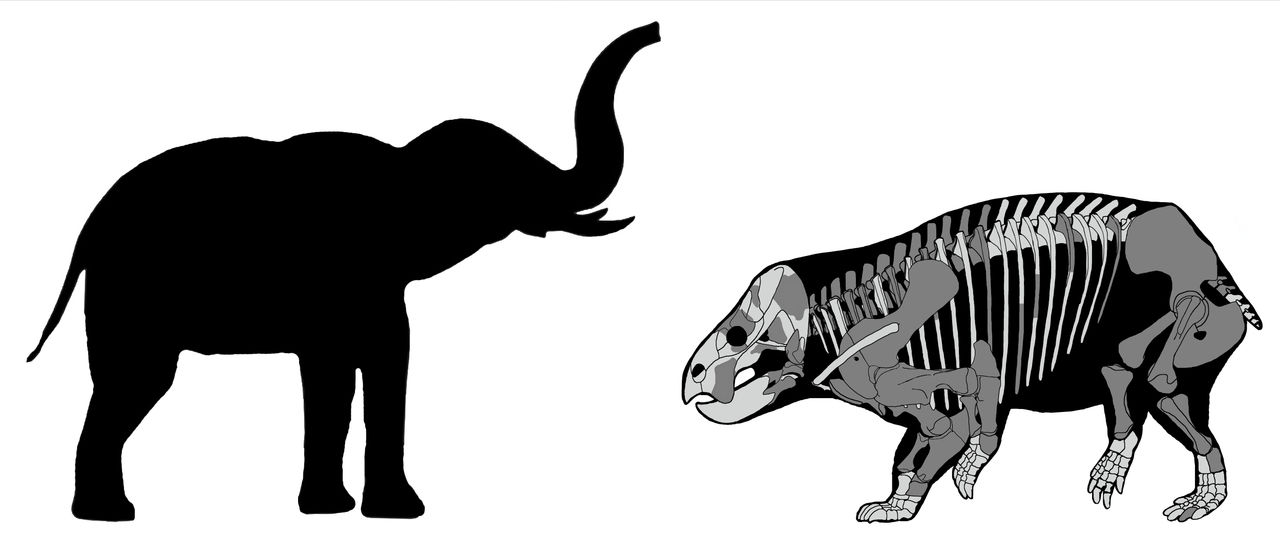
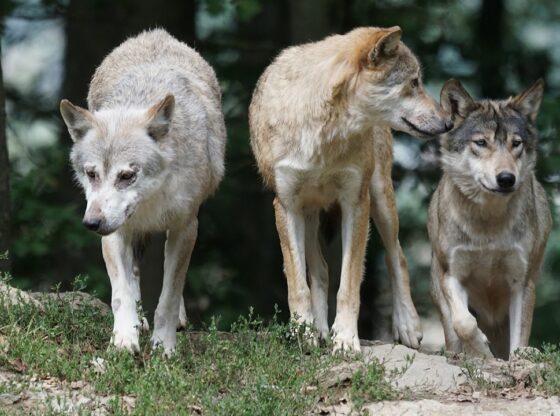
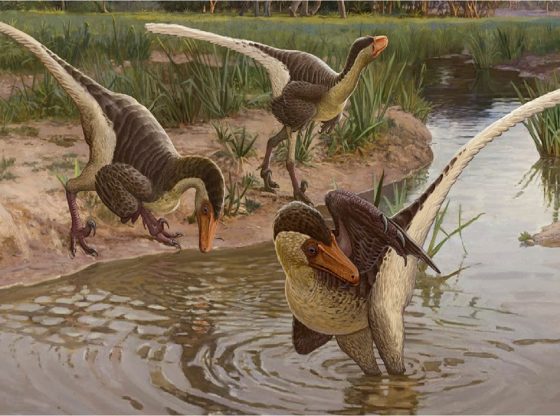


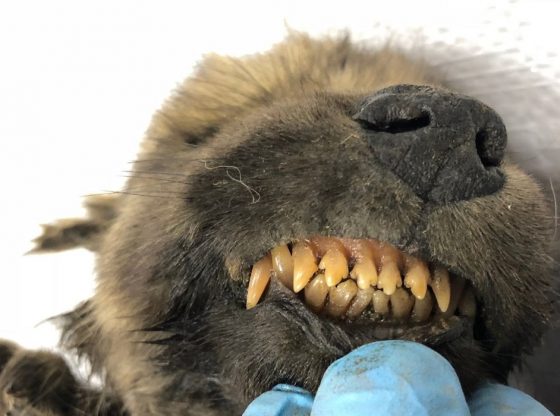
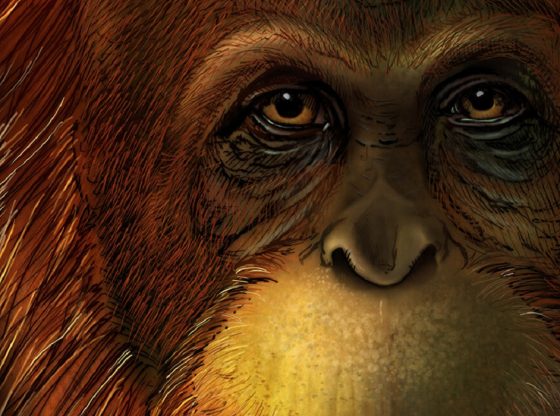
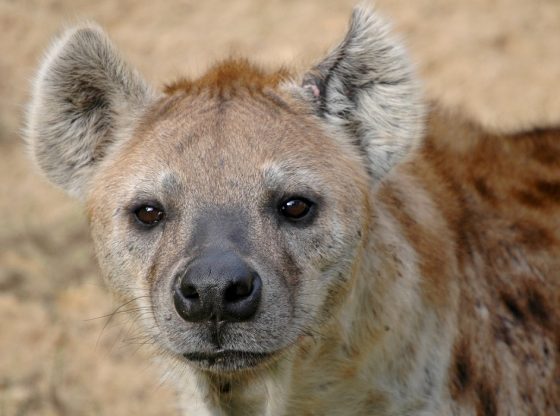
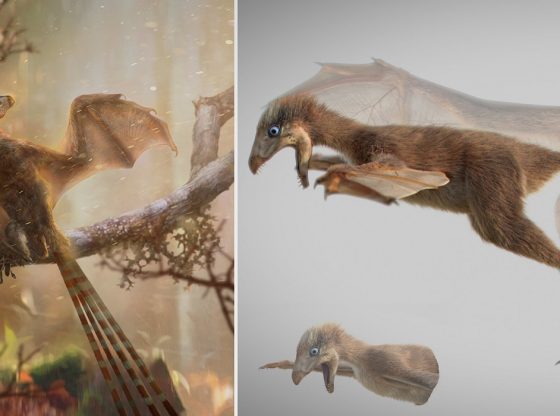
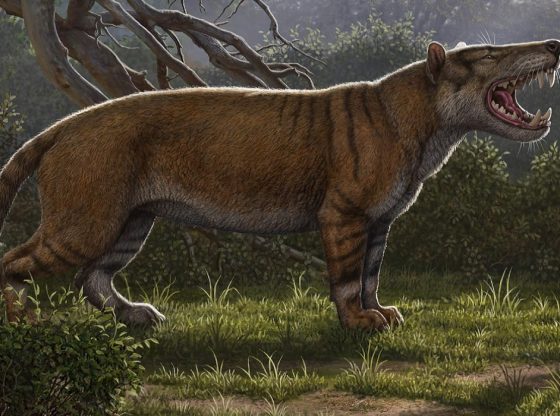
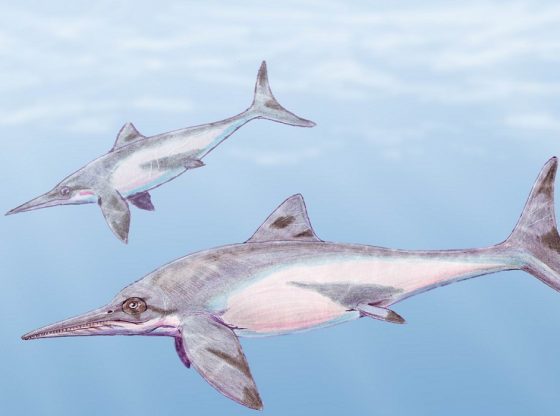
![OpenAI. (2025). ChatGPT [Large language model]. https://chatgpt.com](https://www.illustratedcuriosity.com/files/media/55136/b1b0b614-5b72-486c-901d-ff244549d67a-350x260.webp)
![OpenAI. (2025). ChatGPT [Large language model]. https://chatgpt.com](https://www.illustratedcuriosity.com/files/media/55124/79bc18fa-f616-4951-856f-cc724ad5d497-350x260.webp)
![OpenAI. (2025). ChatGPT [Large language model]. https://chatgpt.com](https://www.illustratedcuriosity.com/files/media/55099/2638a982-b4de-4913-8a1c-1479df352bf3-350x260.webp)








